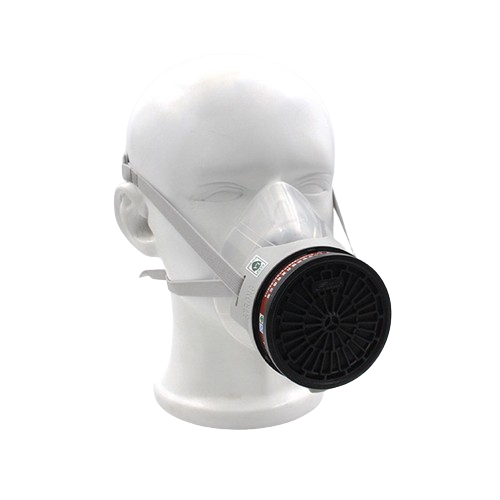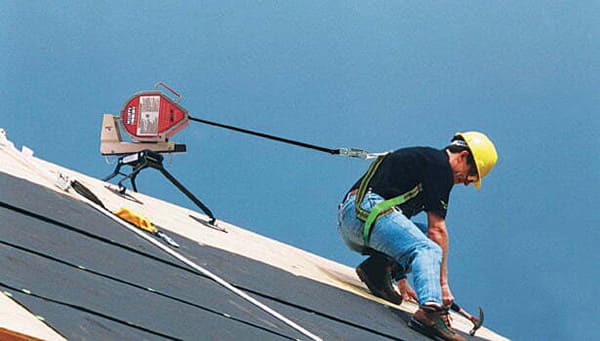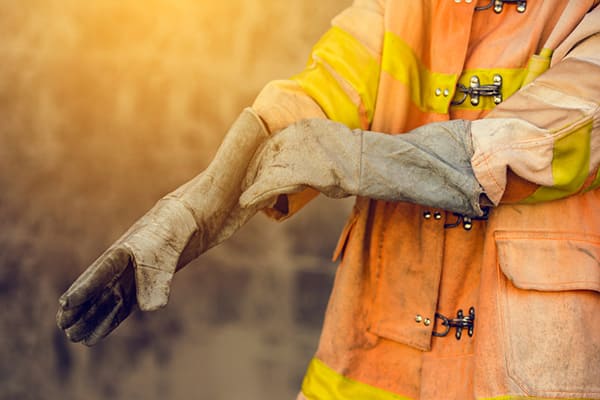Major Safety Concerns for Welders and What to Do About Them

Welding is a skilled profession that involves joining metals through the application of heat and electricity. While it is an essential process in many industries, welders face several safety concerns due to the nature of their work. In this article, we will discuss some major safety concerns for welders and provide guidance on how to address them effectively.
1、Electric Shock:
One of the significant hazards in welding is electric shock. Welders work with high electrical currents, and if proper precautions are not taken, they can be exposed to electric shock. To prevent electric shock, welders should always use well-maintained equipment, inspect cables and connectors for damage, wear dry gloves, and avoid working in wet conditions. Additionally, using ground-fault circuit interrupters (GFCIs) and wearing appropriate personal protective equipment (PPE) can further reduce the risk of electric shock.
2、Arc Flash and Radiation:
Arc flash is a sudden release of intense heat and light that can cause severe burns to the skin and eyes. Welders should wear flame-resistant clothing, including a welding helmet with a proper shade filter lens, to protect against arc flash. It is crucial to use the correct shade lens for the specific welding process to prevent eye injuries. Regular eye examinations and wearing safety glasses with side shields can provide additional protection against flying debris and sparks.
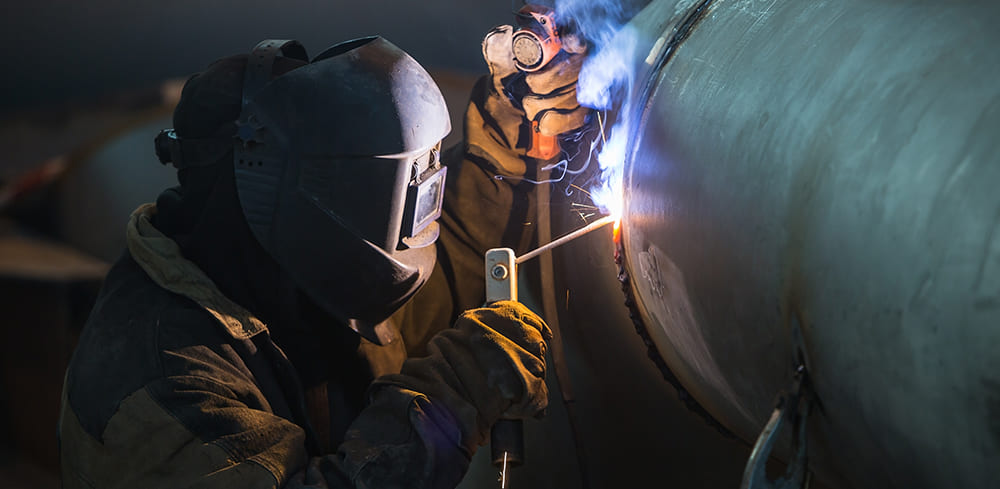
3、Toxic Fumes and Gases:
Welding produces fumes and gases that can be hazardous to welders' health if inhaled. These fumes may contain substances such as manganese, chromium, and nickel, which can lead to respiratory problems and long-term health issues. To minimize exposure to toxic fumes, welders should work in well-ventilated areas or use local exhaust ventilation systems. It is essential to wear respiratory protection, such as a respirator with the appropriate filters, to protect against harmful airborne contaminants.
4、Fire and Explosion:
The welding process involves the use of flammable materials, which can create a risk of fire and explosion. Welders should ensure that the work area is clear of combustible materials and have fire extinguishers readily available. It is advisable to establish a fire watch and follow proper fire safety procedures. Training on fire prevention and response is essential to mitigate the risk of fire incidents.
5、Heat and Burns:
Welding generates intense heat, and welders are at risk of burns from molten metal, sparks, and hot surfaces. To protect against heat and burns, welders should wear appropriate flame-resistant clothing, including gloves, aprons, and welding sleeves. Inspecting and properly maintaining welding equipment, such as welding curtains or screens, can create physical barriers to prevent accidental contact with hot materials.
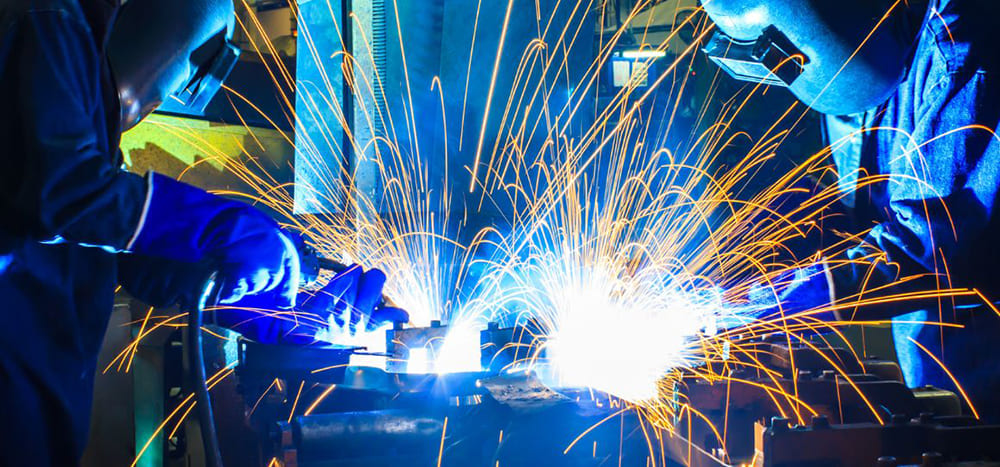
6、Ergonomic Hazards:
Welding often involves working in awkward positions and performing repetitive tasks, which can lead to musculoskeletal disorders. It is important for welders to practice proper ergonomics, such as maintaining a comfortable posture, using assistive devices for heavy lifting, and taking regular breaks to reduce fatigue and minimize the risk of injuries.
7、Electrical and Fire Hazards:
Welding equipment and processes introduce electrical and fire hazards to the work environment. It is crucial to follow electrical safety protocols, including proper grounding, using insulated tools, and avoiding contact with live electrical parts. Regular equipment inspections and maintenance can help identify and address potential electrical hazards.
In conclusion, welders face several safety concerns in their line of work. By implementing appropriate safety measures, such as using proper PPE, ensuring equipment maintenance, practicing good ventilation, and receiving adequate training, welders can minimize the risks and create a safer working environment. Regular risk assessments, ongoing safety training, and fostering a culture of safety awareness are crucial for maintaining a safe welding environment.




